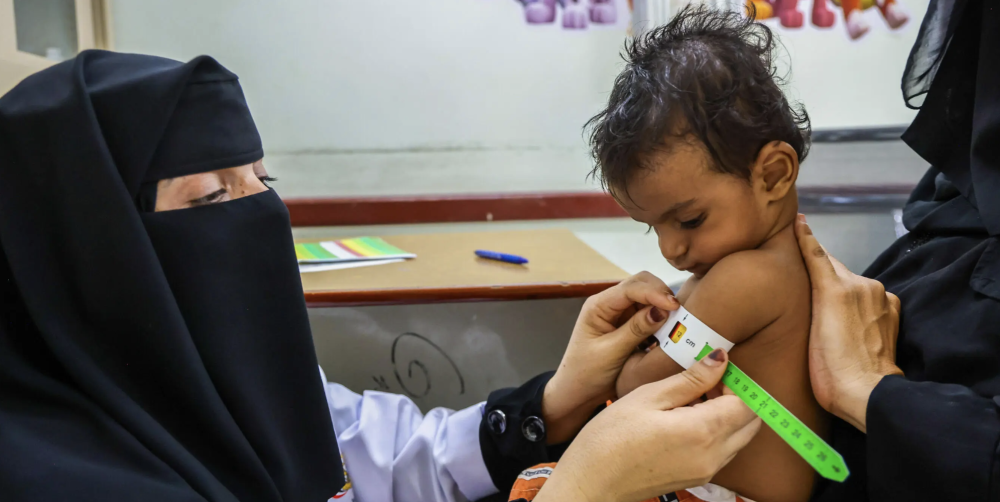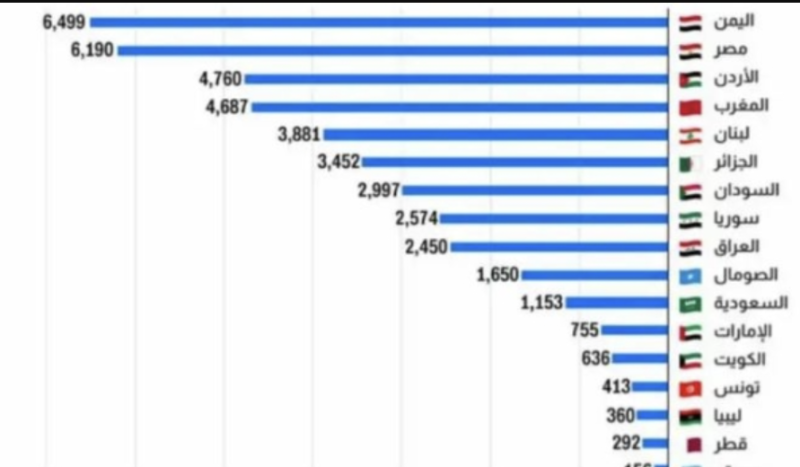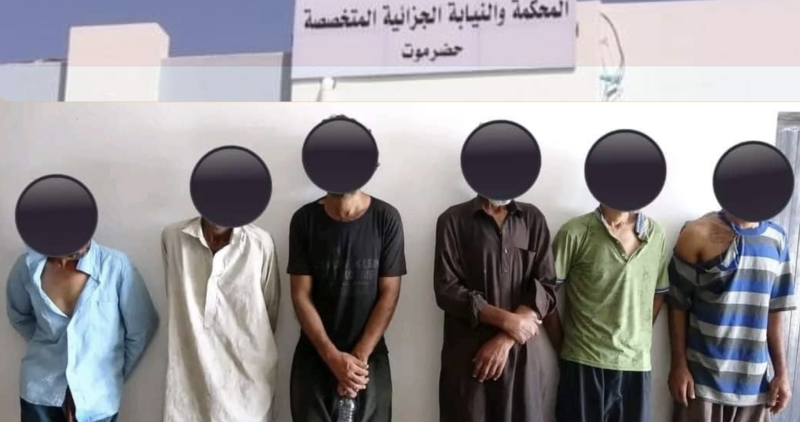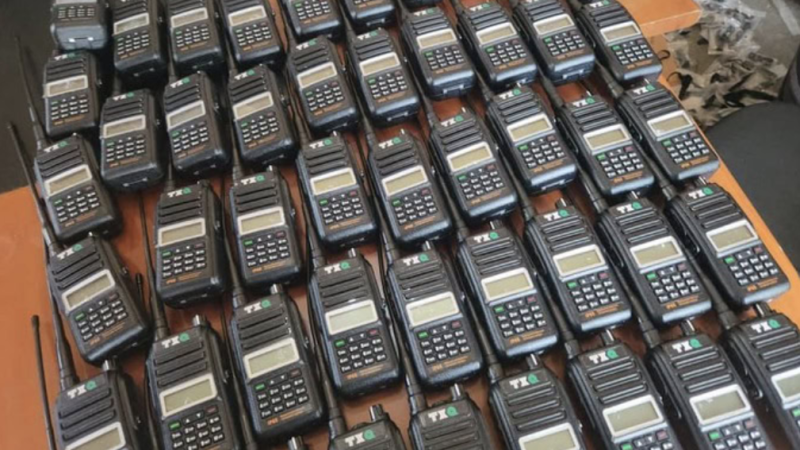Yemen : OCHA urges Security Council to prevent starvation


Briefing to the Security Council on the humanitarian situation in Yemen by Ramesh Rajasingham, OCHA Director of Coordination, on behalf of Tom Fletcher, Under-Secretary-General for Humanitarian Affairs and Emergency Relief Coordinator
New York, 12 August 2025
As delivered
Thank you, Mr. President.
I thank Special Envoy Grundberg for his briefing and update, and this Council for its sustained interest in Yemen.
At the outset, let me reiterate that a political solution remains the only sustainable, concrete path towards a more secure and prosperous future for all people in Yemen. Without it, current cycles of violence – local and regional – along with economic devolution and endemic humanitarian need, will persist.
The crisis in Yemen is a political crisis with a staggering impact on millions of people and their communities – people who do not choose who controls the areas where they live. Humanitarian assistance can work to keep people alive, but only a political solution can make them safe.
Mr. President,
Last month, OCHA provided this Council with an update on the deteriorating state of food security in Yemen. The numbers bear repeating: More than 17 million people are going hungry. This figure may crest 18 million by February next year. Women and children bear the brunt of this disaster.
Yemen is now one of the most food insecure countries in the world. As the economy continues to collapse and pressures on the food pipelines mount, many households with access to food can no longer afford it. Livelihoods across the public sector and agriculture and fisheries industries, among others, have been disrupted by ongoing conflict.
Mr. President,
It is all too easy to reduce Yemen’s crisis to numbers. But let us consider what “food insecurity” means today for ordinary Yemenis.
Half of the nation’s children under the age of 5 suffer from acute malnutrition, and nearly half suffer from stunting. This means developmental delays and infections, and a risk of death from common illnesses nine to 12 times higher than average. In a context where healthcare is desperately inadequate, and where support services are unavailable to many, this is a life-or-death gamble for children.
For nine-month-old Ahmed in Abs district in Hajjah governorate, lack of food and nutrients left him less than two thirds of a healthy weight, so frail that he couldn’t sit up and suffering from severe diarrhea and a high fever. His mother, Hafsa, was doing her best under appallingly difficult circumstances, but Ahmed still required emergency treatment for severe acute malnutrition, complicated by infection. And all this at nine months of age. This is not an isolated story. It is the daily reality for thousands of families and their children. They deserve better.
In some locations, hunger and malnutrition are extreme. In camps for internally displaced persons in Abs District of Hajjah governorate, for example, a needs assessment mission in July found children from displaced families dying of starvation. These are children who have died not from war wounds, but from hunger – slow, silent and preventable. This is the human face of food insecurity.
Hunger forces people to have to make terrible decisions – “negative coping strategies,” as we frequently refer to them. But what does this mean in real human terms?
In rural areas of the governorates of Al Mahwit, Al Hudaydah and Sana’a, it means families are having to sell off everything that would sustain their livelihoods in the long term – livestock, tools, their agricultural land – just to afford food for tomorrow. It means that children are forced to work instead of going to school. And it means that women and adolescent girls face heightened risks of domestic violence, exploitation or child marriage. In these three governorates alone, more than 30,000 women and girls have sought support services for gender-based violence just in the last six months. Nearly one third of women now aged 20 to 24 were married before they were 18. Nearly one in 10 were married before they turned 15. Among girls in displaced communities, those figures are even higher. These families and these girls also deserve better.
Mr. President,
Starvation is preventable. And humanitarian organizations remain on the ground despite limited resources and operational challenges, with the singular goal of reaching those most at risk before it is too late. After receiving alarming information of the acute food insecurity and malnutrition situation in IDP camps in Abs district last month, for example, the humanitarian system – including UN, INGOs, local NGOs and the Red Cross and Red Crecent Movement – quickly mobilized to provide life-saving interventions.
Humanitarian partners have prioritized the food response to 8.8 million of the most at-risk people – all in emergency or catastrophic situations. It will come as no surprise that such efforts require support –

Washington — Yemen has emerged as the leading Arab country in terms of U.S. immigration visas issued in 2024, according to newly released dat…

Mukalla — The Specialized Criminal Court in Hadhramaut has issued a death sentence against six Iranian nationals convicted of smuggling three…

Al-Mahra — Security forces at the Sarfait border crossing in Yemen’s eastern Al-Mahra Governorate have intercepted a shipment of unauth…